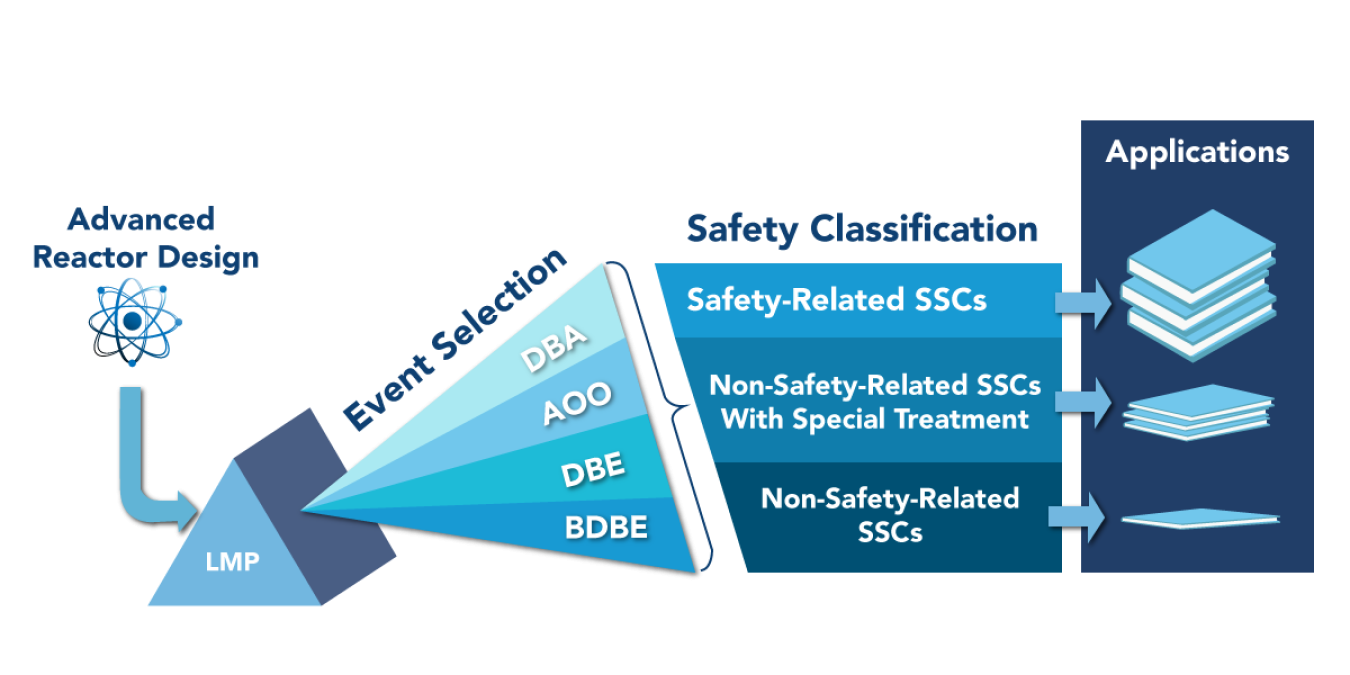NRC approves a new approach to licensing non-light water reactor technologies.
July 9, 2020
The Nuclear Regulatory Commission (NRC) recently approved a new approach to licensing non-light water reactor technologies. The new guidance is expected to significantly reduce the regulatory uncertainty challenging the industry, while streamlining the advanced reactor design and licensing processes that have been slowed down for years due to longstanding and unresolved regulatory policies.
The new process is the direct result of a 4-year Licensing Modernization Project (LMP) supported by the U.S. Department of Energy. The project was coordinated through the Nuclear Energy Institute and led by Southern Company and industry experts.

Modernizing the licensing process
The LMP project, led by industry experts with assistance from Idaho National Laboratory (INL), worked in tandem with the NRC to develop this key part of the advanced reactor regulatory framework that offers developers clear guidance on an acceptable approach for licensing new reactors. The effort included a number of industry pilot demonstration projects and data analysis to better inform the LMP proposal as it relates to specific advanced reactor technologies (i.e. molten salt, high-temperature gas, fast reactors, etc.).
Conventional NRC regulatory and licensing processes are focused on light-water reactor designs. This makes it difficult for novel reactor concepts to meet current regulatory requirements. Certain technical analysis and design expectations of the existing process are not conducive to the nuances of advanced reactors and don’t take into account the inherent safety features and capabilities of new designs.
The finalized approach focuses on a risk-informed, performance-based review process that takes into account more realistic scenarios that the developer must account for. The approach is also tailored to the unique aspects of each advanced reactor design, allowing for a clear and consistent review of its safety case. The guidance focuses on identifying licensing basis events; categorizing and establishing performance criteria for structures, systems, and components; and, evaluating the safety margins of advanced reactor designs.
The proposal underwent a 2-year review process by the NRC and is consistent with the Nuclear Energy Innovation and Modernization Act, which calls for a revised licensing framework along with a more transparent funding structure for advanced reactors.
"NRC approval of the LMP approach marks the completion of this industry-led and DOE-supported effort, and removes a key regulatory hurdle on the path to the near-term deployment of advanced reactor technologies," said INL Regulatory Affairs Director Jim Kinsey.
At least six developers participated in LMP’s industry pilot demonstration projects to better inform the final licensing approach and are currently working toward bringing their advanced reactor designs to market.

